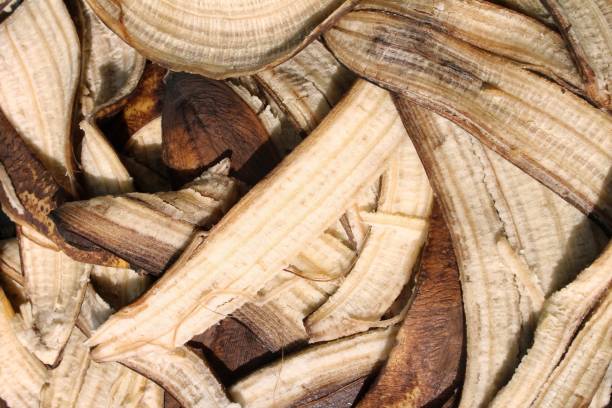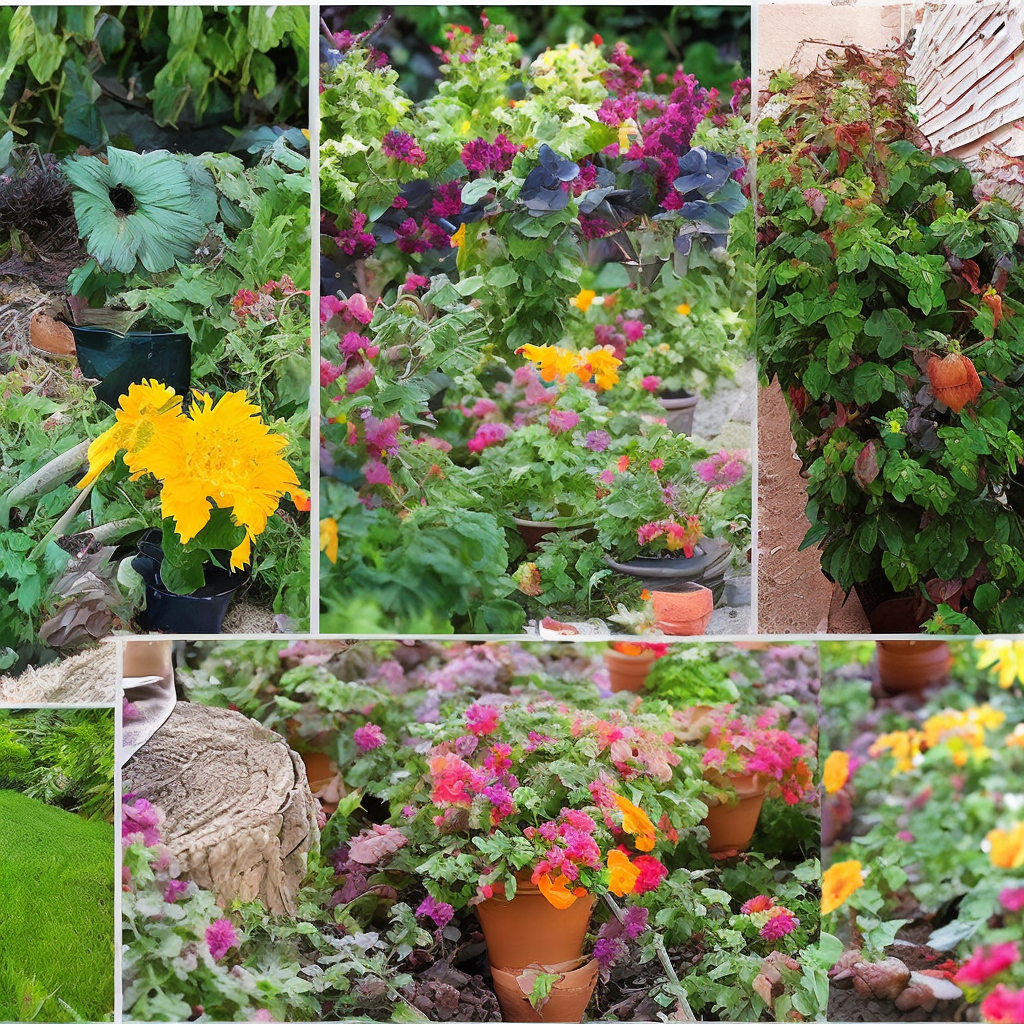
From Garden to Jar: Mastering the Art of Homemade Tomato Sauce
The late summer sun casts long shadows across the garden, painting the ripening tomatoes in a warm, golden light. The air is thick with the sweet, earthy scent of the harvest, a promise of the delicious bounty to come. There’s a particular satisfaction in preserving this seasonal goodness, transforming sun-ripened tomatoes into jars of rich, homemade sauce that will brighten even the coldest winter day. This isn't just about putting food on the table; it's about connecting to the earth, celebrating the seasons, and creating something truly special. This year, let's embark on the rewarding journey of making your own tomato sauce, step-by-step!

The Magic Starts in the Garden: Choosing the Right Tomatoes
Not all tomatoes are created equal when it comes to sauce-making. The best varieties boast meaty flesh, low moisture content, and a naturally sweet flavor. Roma and San Marzano tomatoes are classic choices, renowned for their exceptional qualities. However, don't be afraid to experiment with other varieties like Amish Paste or even your favorite heirloom tomatoes.
- Roma: Reliable and widely available, Romas offer a good balance of flavor and texture.
- San Marzano: Often considered the gold standard, San Marzanos are prized for their rich, slightly sweet taste and minimal seeds.
- Heirloom Varieties: Explore the unique flavors of heirloom tomatoes, but be mindful of their higher moisture content, which may require longer cooking times to achieve the desired consistency.
The key to exceptional sauce also lies in growing healthy plants. Practice organic gardening methods, ensuring your tomatoes are free from harmful pesticides. This not only benefits your health but also enhances the natural flavors of the fruit. Remember to provide adequate support, water deeply and consistently, and fertilize appropriately to encourage robust growth and abundant seasonal harvest.
Gathering Your Arsenal: Essential Equipment & Ingredients
Before you dive in, gather your essential equipment and ingredients. Having everything at hand will streamline the process and ensure a smooth and enjoyable sauce-making experience.
- Large Stockpot or Dutch Oven: A heavy-bottomed pot is crucial for even cooking and preventing scorching.
- Food Mill or Blender: To achieve a smooth, consistent sauce. A food mill separates the skins and seeds efficiently.
- Canning Jars, Lids, and Bands: Ensure they are clean, sterilized, and in good condition.
- Canning Utensils: Jar lifter, funnel, and bubble remover are essential for safe and efficient canning.
- Basic Ingredients: Beyond tomatoes, you'll need olive oil, garlic, onions, salt, pepper, and your favorite herbs.
- Optional Additions: Consider adding a touch of sugar (if needed to balance acidity), red pepper flakes for a hint of heat, or balsamic vinegar for a deeper, richer flavor.

The Heart of the Matter: The Sauce-Making Process
Now for the fun part! This is where the magic happens, transforming simple ingredients into a culinary masterpiece.
- Prepare the Tomatoes: Wash the tomatoes thoroughly. You can blanch them briefly in boiling water to easily remove the skins, or simply core them and chop them into smaller pieces.
- Sauté Aromatics: In your large pot, heat olive oil over medium heat. Add chopped onions and garlic, and sauté until softened and fragrant, about 5-7 minutes. The aroma alone is enough to make your mouth water!
- Add Tomatoes & Simmer: Add the prepared tomatoes to the pot, along with salt, pepper, and any other desired herbs and spices. Bring the mixture to a simmer, then reduce the heat to low, cover, and cook for at least 2-3 hours, or even longer for a richer, more concentrated flavor. Stir occasionally to prevent sticking. The simmering sauce will fill your cozy living space with a delightful, comforting aroma.
- Process the Sauce: Once the sauce has reached your desired consistency, use a food mill or blender to achieve a smooth texture. If using a blender, work in batches and be careful to vent the lid to prevent pressure buildup.
- Adjust Seasoning: Taste and adjust seasoning as needed. This is where you can add a pinch of sugar to balance acidity, more herbs for added depth, or a touch of red pepper flakes for warmth. Remember, every tomato harvest is unique, and your sauce will reflect that.
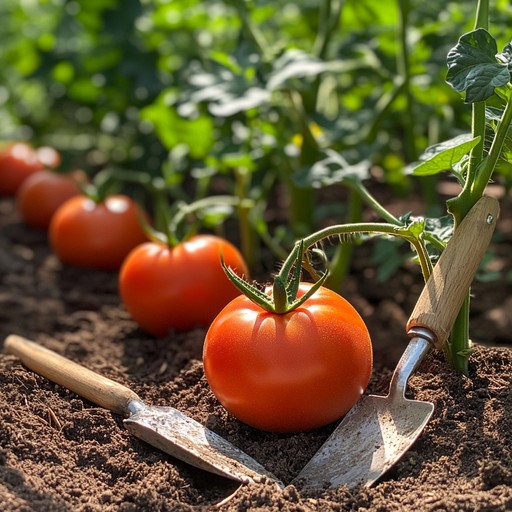
Unlock Garden Gold: Simple Composting for Beginners
Don't let those tomato scraps go to waste! Composting your kitchen scraps is a fantastic way to enrich your garden soil and reduce waste. The rich, earthy smell of finished compost is a testament to the power of nature's recycling system.
- Start Small: Begin with a simple compost bin or pile in your backyard projects area.
- Balance Greens & Browns: Alternate layers of "green" materials (like tomato scraps, coffee grounds, and grass clippings) with "brown" materials (like dried leaves, straw, and cardboard).
- Turn Regularly: Turn the compost pile every few weeks to aerate it and speed up the decomposition process.
- Be Patient: It takes time for compost to mature, but the end result is well worth the wait. Use your finished compost to nourish your tomato plants next season!
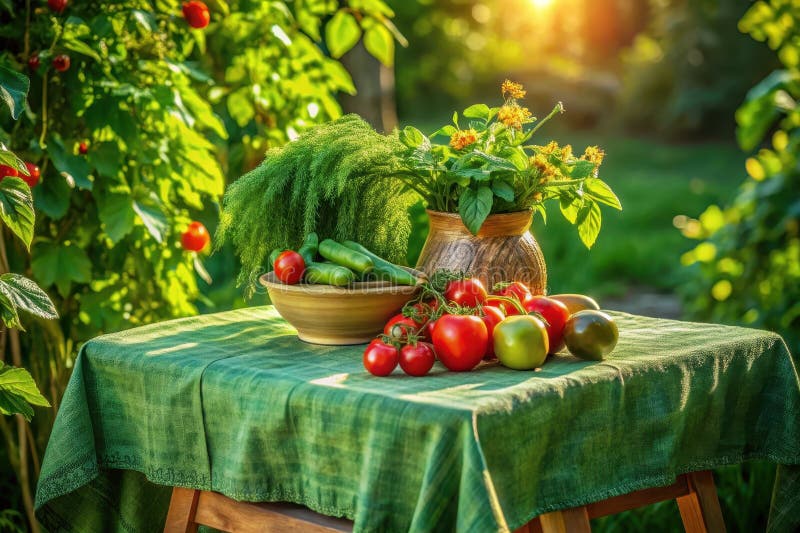
Preserving Your Harvest: Safe Canning Practices
Canning is a wonderful way to preserve your homemade tomato sauce and enjoy the taste of summer throughout the year. However, it's essential to follow safe canning practices to prevent spoilage and ensure food safety.
- Sterilize Jars & Lids: Wash jars, lids, and bands thoroughly with hot, soapy water. Sterilize the jars by boiling them in water for 10 minutes. Keep them hot until ready to fill.
- Fill Jars: Ladle the hot tomato sauce into the sterilized jars, leaving ½-inch headspace. Remove any air bubbles using a bubble remover tool.
- Wipe Rims & Apply Lids: Wipe the rims of the jars clean with a damp cloth. Place lids on the jars and screw on the bands finger-tight.
- Process in a Water Bath Canner: Place the filled jars in a boiling water bath canner. Ensure the jars are completely covered with water. Bring the water to a rolling boil and process according to the recommended time for your altitude and jar size (refer to a trusted canning guide like the USDA Complete Guide to Home Canning).
- Cool & Check Seals: Carefully remove the jars from the canner using a jar lifter and place them on a towel-lined surface to cool. As the jars cool, you'll hear a "pop" sound, indicating that the lids have sealed properly. After 24 hours, check the seals by pressing down on the center of each lid. If the lid doesn't flex, it's sealed. Store sealed jars in a cool, dark place.

Beyond the Basics: Creative Ways to Use Your Homemade Sauce
Once you've mastered the art of making your own tomato sauce, the possibilities are endless! Use it as a base for pasta dishes, pizzas, soups, stews, and so much more.
- Classic Pasta Sauce: Simmer with Italian sausage, meatballs, or vegetables for a hearty and flavorful pasta sauce.
- Pizza Perfection: Spread it on homemade pizza dough and top with your favorite cheeses and toppings.
- Soup Starter: Use it as a base for minestrone, tomato soup, or other vegetable-based soups.
- Shakshuka Delight: Poach eggs in the sauce for a delicious and satisfying breakfast or brunch.
- Chili Base: The perfect base for a comforting chili recipe on a cold evening.

Sustainable Home Touches: Energy Efficiency and Eco-Friendly Materials
While you're enjoying the fruits (or vegetables!) of your labor, consider making your sustainable home even more eco-friendly.
- Energy-Efficient Cooking: Use a pressure cooker to reduce cooking time and energy consumption.
- Natural Cleaning Products: Opt for natural cleaning products like vinegar and baking soda to keep your kitchen sparkling without harmful chemicals.
- Reusable Containers: Store leftovers in reusable glass containers instead of plastic wrap.
- Upcycled Decor: Repurpose old jars and containers for storage or decorative purposes, embracing the charm and simplicity of farmhouse life.

Backyard Bliss: Simple Garden Upgrades
Enhance your backyard sanctuary and create a peaceful escape that encourages self-sufficiency.
- Rainwater Harvesting: Collect rainwater to water your garden and reduce your water bill.
- Build a Raised Garden Bed: Create a raised garden bed for easier planting and harvesting.
- Create a Pollinator Garden: Plant flowers that attract bees, butterflies, and other pollinators to support a healthy ecosystem.
- String up warm lighting: Add ambiance to your outdoor space with soft, string lights for those long summer evenings.

Cozy Living and Farmhouse Charm: Rustic Decor Ideas
Infuse your home with warmth and character with simple, rustic decor elements. Focus on natural textiles, comforting aromas and soft, warm lighting.
- Natural Textiles: Use linen, cotton, and wool for blankets, pillows, and curtains.
- Warm Lighting: Incorporate candles, fairy lights, and lamps with warm-toned bulbs.
- Comforting Aromas: Diffuse essential oils like lavender, chamomile, or sandalwood for a relaxing atmosphere.
- Display your homegrown harvest: Showcase your homegrown produce in baskets or jars.
- Rustic Accents: Add vintage finds, reclaimed wood furniture, and handmade crafts for a touch of farmhouse life.
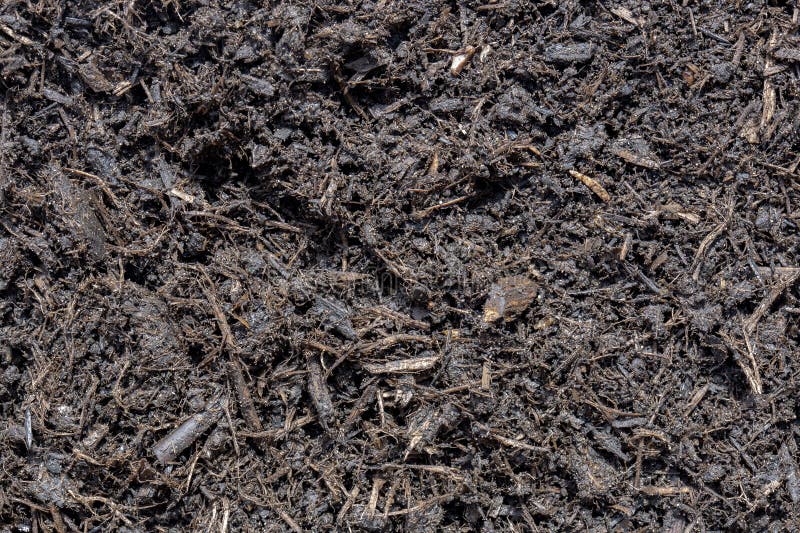
The Simple Joy of Homegrown Goodness
Making your own tomato sauce is more than just a recipe; it's an experience. It's about connecting with the earth, celebrating the seasonal harvest, and creating something truly special with your own hands. The satisfaction of opening a jar of your homegrown tomato sauce in the dead of winter and tasting the sun-ripened flavors of summer is unmatched. Embrace the process, savor the aromas, and enjoy the fruits (or vegetables!) of your labor.
As the leaves begin to turn and the air grows crisp, let's carry the warmth and abundance of the summer harvest into our homes. Try incorporating cinnamon sticks or cloves into your tomato sauce recipe for a fall-inspired twist. Share your favorite tomato sauce-making tips and experiences in the comments below! Let's inspire each other to live a more fulfilling, sustainable life, one jar of homemade goodness at a time.
